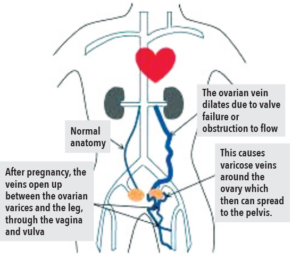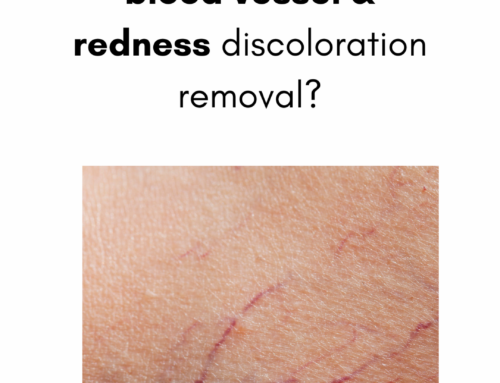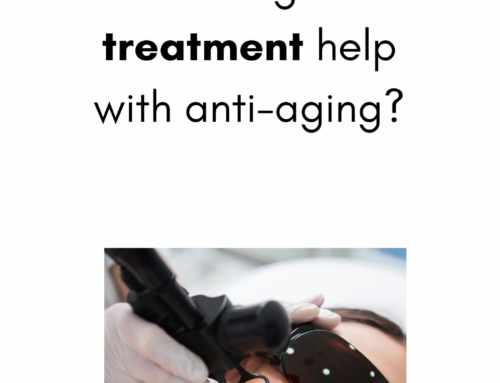What are Pelvic & Labial Varicose Veins

Pelvic & Labial Varicose Veins

Labial varicosities are a common vascular condition that is now treated at La Jolla Vein and Vascular. Most people understand that varicose veins can be found in the legs and feet. And while this is mostly true, they can also manifest in the vulva. This is generally why most women who develop from vulva varicosities don’t notice it until the condition begins to worsen.
What are Labial Varicosities?
Vulvar varicosities, also commonly referred to as labial varicosities, are a condition when the veins in the labia minora or Majora become dilated.
Like any other part of the human body, the vulva is interconnected through an extensive reach of large and small blood vessels. During pregnancy, the increase in weight and pressure may reduce blood flow to the lower body and genitals. This will then cascade into the condition known as Labial varicosities.
While no one is fully exempt from developing vulvar varicose veins, the condition is more apparent in pregnant women. Moreover, pregnant women are more susceptible to developing pelvic varicosities due to the pressure and weight exerted by the baby.
However, in most cases, the condition does go away after giving birth. Ideally, you should start feeling better within six to eight weeks from the delivery time. Unfortunately, in some women, the dilated veins do not recover independently and need medical intervention to help fix the condition and get you back to your normal self from labial varicose veins.
Most people understand that varicose veins can be found in the legs and feet. And while this is mostly true, they can also manifest in the vulva. This is generally why most women who develop from vulva varicosities don’t notice it until the condition begins to worsen.
There are numerous veins supplying blood to and from the vulva. And since they all differ in size, there’s no sure way to tell if you’re developing pelvic varicosities. The impact may leave them moderately swollen from the varying size of the veins, especially in the smaller veins. Larger veins may get twisted and become painful over time. This further goes to assert the importance of consulting a healthcare professional if you’re uncertain.
So, if this is you and you’ve been experiencing pain or any other symptoms, please give our office a call at 858-550-0330.
For more information please check out our Youtube Channel at this link.





